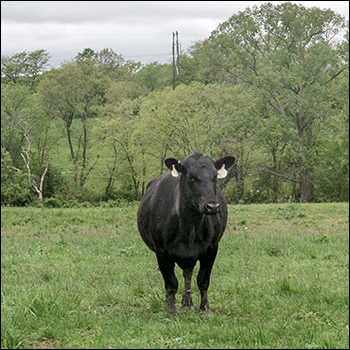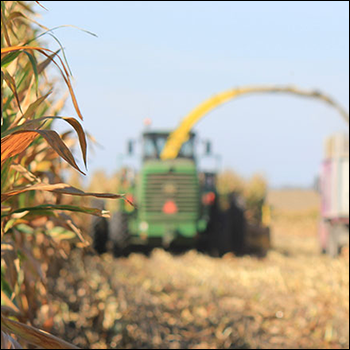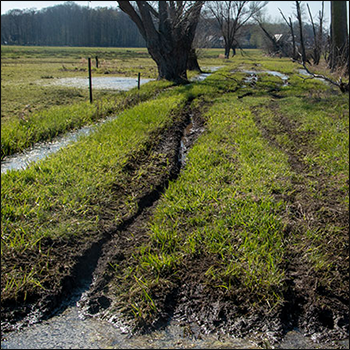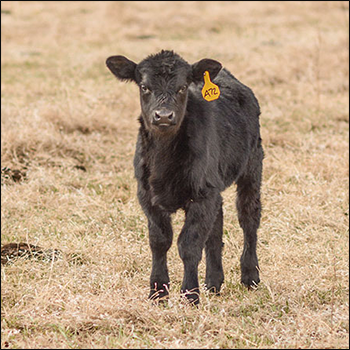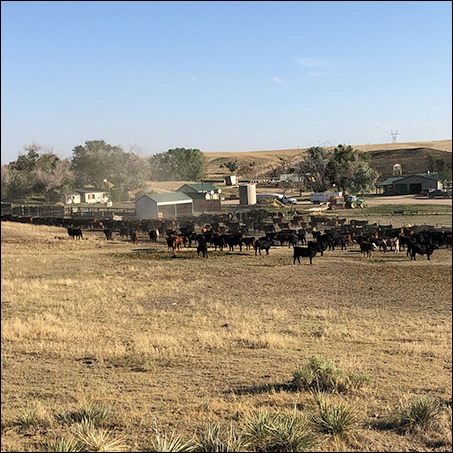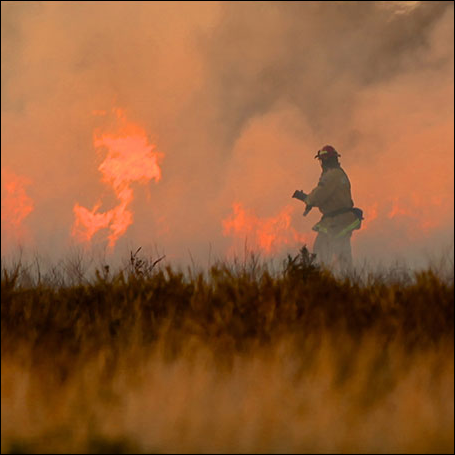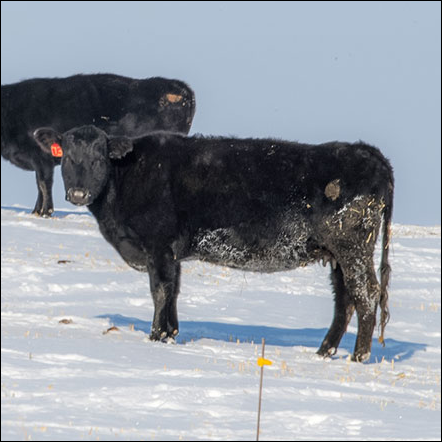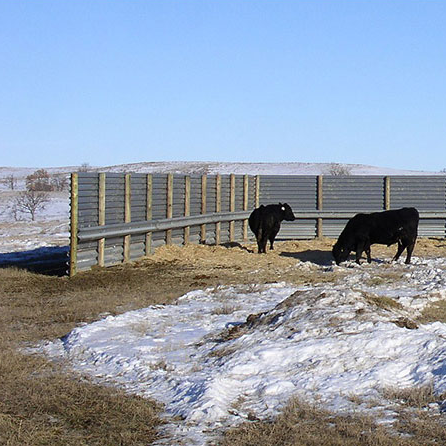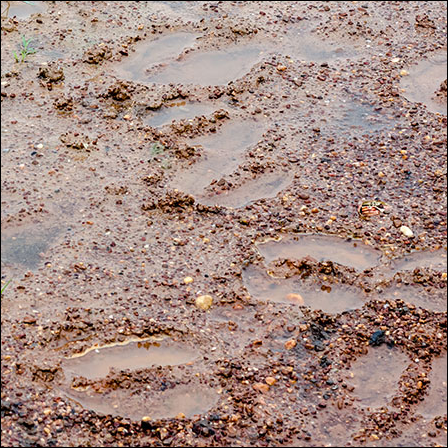Angus Advisor
Our team of Angus advisors offer regional tips for herd management for the spring season.
Southern Great Plains
david.lalman@okstate.eduSpring-calving herds
- Current recommended estrous-synchronization protocols for beef cows can be found at https://beefrepro.org/arsbc/.
- See the review by Perry and Smith (2018) for tips to improve success of synchronization and artificial insemination (AI) systems at https://beefrepro.org/wp-content/uploads/2020/09/Perry-General-considerations-for-implementing-an-artificial-insemination-program-or-other-reproductive-technologies.pdf.
- Consult your veterinarian about timing and product selection related to the vaccination of cows prior to implementing an AI program.
- If cattle must be moved to a different location after AI, they should be transported within four days. In the southern Great Plains region, heat stress is possible during mid to late spring, especially during times of high humidity. Therefore, care must be taken to avoid compounding transportation stress with heat stress. In situations where animals will not be in transit for more than an hour, transportation during early daylight hours is advisable. Longer trips may require predawn or nighttime transportation.
- Fewer females show signs of estrus during heat stress. For this reason, AI programs in the southern Great Plains region planned for mid to late spring may benefit from using a timed-AI protocol rather than estrous detection.
- Substantial evidence suggests radical changes in diet and activity around the time of AI can reduce conception rates. In general, a consistent, slightly positive plane of nutrition combined with minimal change in activity during the AI and post-AI period facilitates AI success.
- Similarly, it is advisable to adapt breeding bulls to pasture conditions prior to turnout with cows. Don’t forget to schedule breeding soundness exams (sometimes referred to as a BSE) with your veterinarian.
Fall-calving herds
- Take the time to individually weigh, measure hip height and record body condition scores (BCS) of your cows, and send the data to the American Angus Association. This can be accomplished within 45 days of weaning if it isn’t convenient on weaning day. Some sires have the capability of producing progeny that excel at postweaning performance, carcass quality and daughters with moderate mature size. The best way to find these sires is to increase the amount of cow data recorded and shared with the Association.
- Determine your preferred timing for weaning, and inventory veterinary and feed/supplement supplies for the weaning program.
- A coccidiostat is an important consideration in situations where calves will be concentrated in small pastures or drylots during the weaning period, especially on properties that have a history of coccidiosis.
General recommendations
- Lush spring forage is generally concentrated in nutrients, including minerals, vitamins and vitamin precursors. Even so, spring grasses in the southern Great Plains are deficient in sodium. This leads to a healthy appetite for sources of salt during the spring and early-summer months. Salt and mineral intake usually declines substantially by midsummer, so be sure to keep out your salt/mineral supplement this spring so they have adequate tissue stores by the time their intake declines.
- Along with sodium, forage phosphorus, copper and zinc are frequently marginal or deficient in the southern Great Plains region, and this shortfall intensifies as the grazing season progresses.
- Obviously, forage mineral concentration can vary widely from pasture to pasture and ranch to ranch. Just recognize it isn’t difficult or expensive today (compared to 20 years ago) to conduct a forage mineral survey on one or more of your pastures. Quite a few commercial vendors, veterinarians and extension specialists are capable and willing to assist you with this effort. From there, you can develop a logical and cost-effective mineral supplementation program for your operation.
Western Region
randyp@csufresno.eduFall-calving herds
Main focus: cows and calves are on cruise control.
- 1. Start planning for preweaning vaccinations.
- 2. Continue your mineral supplementation program. Consider injectable mineral products in addition to loose, block and tub mineral products.
- 3. Fall-calving cows and calves should have very few problems with animal health at this time of the year.
- 4. Spring is an excellent time of the year to work on general repairs such as repairing and building fences and other facilities. If irrigated pastures are part of your pasture resources during the summer months, make repairs to irrigation systems before they are needed later in the spring.
Spring-calving herds
Main focus: prepare for the breeding season.
- 1. Decide on AI sires, and get semen ordered early to avoid last-minute problems with semen delivery. The most important decision each year in an operation is sire selection.
- 2. Consider all information and try to find the bulls that combine expected progeny differences (EPDs), genomics, phenotypic traits and “old-fashioned” convenience traits like longevity, udder structure, disposition, mothering ability, and feet and leg soundness.
- 3. Decide on a synchronization protocol if you are going to use estrous synchronization. Many excellent systems are available, and many of the timed-AI protocols offer very satisfactory results.
- 4. Heat detection is the key to a good AI program, unless you are using a timed-AI system.
- 5. Don’t overlook the importance of good and precise semen handling.
- 6. Get bulls semen- and trichomoniasis-tested far in advance of the breeding season. Then, if problems arise, replacement bulls can be located.
- 7. Focus on becoming a better grazing manager — it can have a huge effect on your bottom line.
- 8. Mineral supplementation is extremely important at this time of the year. I have discussed this in detail in previous columns.
- 9. Try to maintain the optimum level of body condition through the calving and breeding season.
- 10. Normally by late spring, forage resources are at their peak from both an energy and protein standpoint. Therefore, usually supplemental feeding is not needed at this time of the year.
- 11. Make certain females and service sires are vaccinated at least 30 days prior to the start of the breeding season.
- 12. Treatment protocols and products should be on hand for both scours and pneumonia in suckling calves.
- 13. Late spring is a good time to spray fencelines and get irrigation ditches or lines in good repair if irrigated pasture or hay fields are parts of your operation.
Southeast Region
jduggin@uga.eduPurchasing or developing functional females is one of the main objectives (if not the main objective) every cattle producer should focus their attention toward. However, it’s always easier said than done.
A focus on females can be made using many tools, some of which were discussed back in the fall article. Then a few EPDs, foot scoring and breeding season considerations were briefly discussed.
With all of the genetic tools available for sire and female selection, it is easy to discount the need for a phenotypic evaluation. Although it may not be as commonly discussed in certain circles, building functional herds and offspring is done at least in part using a keen eye and old-fashioned stockmanship of knowing what works in the pasture and what doesn’t.
Females in the herd should undoubtedly look like females. This is an all-too-often overlooked fact in a breeding herd. A feminine front end includes an appropriate head and a long, supple neck that blends into a relatively smooth, angular shoulder.
Traditional femininity in cattle isn’t discussed that often, but this traditional animal husbandry will always be a measuring stick for good-quality replacements. We can observe the trends in our own herds where females can become overly masculine-appearing over time if ignored. This often corresponds to a lack of maternal productivity, whether it be infertility or lack of a mothering ability.
Body volume can be overlooked as well. Females with appropriate depth and spring of rib will always be a necessity. Maintaining heifers with adequate body volume that progressively deepens from forerib to flank is a guidepost for the maternal appearance that often yields productive females.
Cattle with appropriate body volume tend to develop and maintain ideal body condition more easily compared to cattle tighter through their forerib or flank and shallow-bodied. Low-volumed cattle are more difficult for producers to maintain ideal body condition.
This can be particularly problematic with 2-year-old females not breeding back within a 110-day window after that first calf, as their body type is difficult-fleshing compared to better-bodied herd mates. Low-volumed cattle often require more feed resources to attain the same level of body condition.
In a similar fashion, females should have appropriate width and skeletal muscle. Stoutness of bone, body and muscle combined account for fleshing ability in breeding animals and days to finish in the terminal cattle in the feedyard. When feed prices trend upward, body volume, mature cow size and other efficiency traits rebound in importance.
Although it may not be practical to evaluate every potential replacement heifer for femininity, body volume or other visual parameters, we can more easily evaluate groups of cattle. A group of heifers that are short-necked and bulky-shouldered or tight-ribbed and fine-boned, for example, often yield poor results from a reproductive, longevity and cow-cost standpoint. Using EPDs that moderate cow cost in concert with phenotypic evaluation can make females that stand the test of time.
Midwest Region
baileyeric@missouri.eduMost cattlemen rarely know the cost of production (dollars to raise a calf) in a commercial cow herd, so knowing who the leading ladies are in the average herd is difficult. If you ask most cattlemen, their idea of their best cow will be either the female who has the biggest calf at weaning or the cow that has stayed in their herd a long time. While neither answer is wrong, there is value in diving deeper into this question.
Here are my two criteria to judge a leading lady in cow herds, and some suggestions to identify them in your herd. I look for a cow to wean at least half of her body weight every 365 days and calve at the beginning of the calving season every year.
There is an important relationship between cow size and weaning weight. Excellent data from multiple states shows as cow mature body weight goes up, calf weaning weight does not increase proportionally. For example a 1,200-pound (lb.) cow that weans a 600-lb. calf at 7 months of age weaned half of her body weight.
Do your 1,400-lb. cows wean 700-lb. calves at 7 months? I am willing to wager your 1,600-lb. cows do not wean 800-lb. calves at 7 months.
Perhaps they do, but I suspect you are subsidizing the calves with creep feed. The most honest assessment of cow performance comes when calves are not creep-fed and weaning weight is standardized to a standard age.
Being one of the first cows to calve each year is worth keeping track of because older calves are heavier calves. This may seem contradictory to the previous paragraph.
Still, let’s think through what it takes for a cow to calve early in each calving season. This cow was bred early in the breeding season. If a cow breeds early, that means she attained estrus near the start of the breeding season. If she was in heat, that means the cow had sufficient body condition at calving.
A cow’s nutrient requirements peak approximately 60 days postcalving. During this critical time, the greatest nutrient demands are to nurse a calf through peak lactation and repair reproductive tissues sufficiently to resume cycling.
This cow likely had a BCS of five on a one-to-nine scale at calving. Recall, each BCS below five at calving increases the return to estrus by at least three weeks. A cow has 82 days to breed after calving (283-day average gestation interval) to stay on a 365-day calving interval. A cow keeping her flesh going into calving is a sign of a well-functioning production system.
One last heretical thought. How will we ever know who the leading ladies are in our cow herds if we subsidize them during heifer development? If heifers are developed in a drylot, a person can learn a lot about who the best feedlot heifer is.
Do they learn anything about who will efficiently convert low-quality forages into pounds of live calf? Maximizing the probability of a single replacement heifer becoming pregnant by developing on a high plane of nutrition tells us nothing about how the heifer will perform when she grazes dormant native range or stockpiled tall fescue later on in life.
A better heifer-development system would develop a greater number of heifers on a lower plane of nutrition and keep those who breed early. The females who achieve pregnancy despite the nutritional challenge could be put on a higher plane of nutrition to ensure they calve at 85%-90% of mature weight.
A commercial cow-calf operation is only profitable if it efficiently converts low-quality forage into pounds of live calf. It should not be dependent on diesel, iron and purchased feed.
A cow is a depreciating asset. When we double down on depreciating assets in cow-calf systems, we create the conditions for substantial economic losses or the erosion of equity.
Let the cow be the largest depreciating asset in your herd. The leading ladies are the cows who calve early, require little to no supplemental feed, and wean at least half of their body weight each year.
